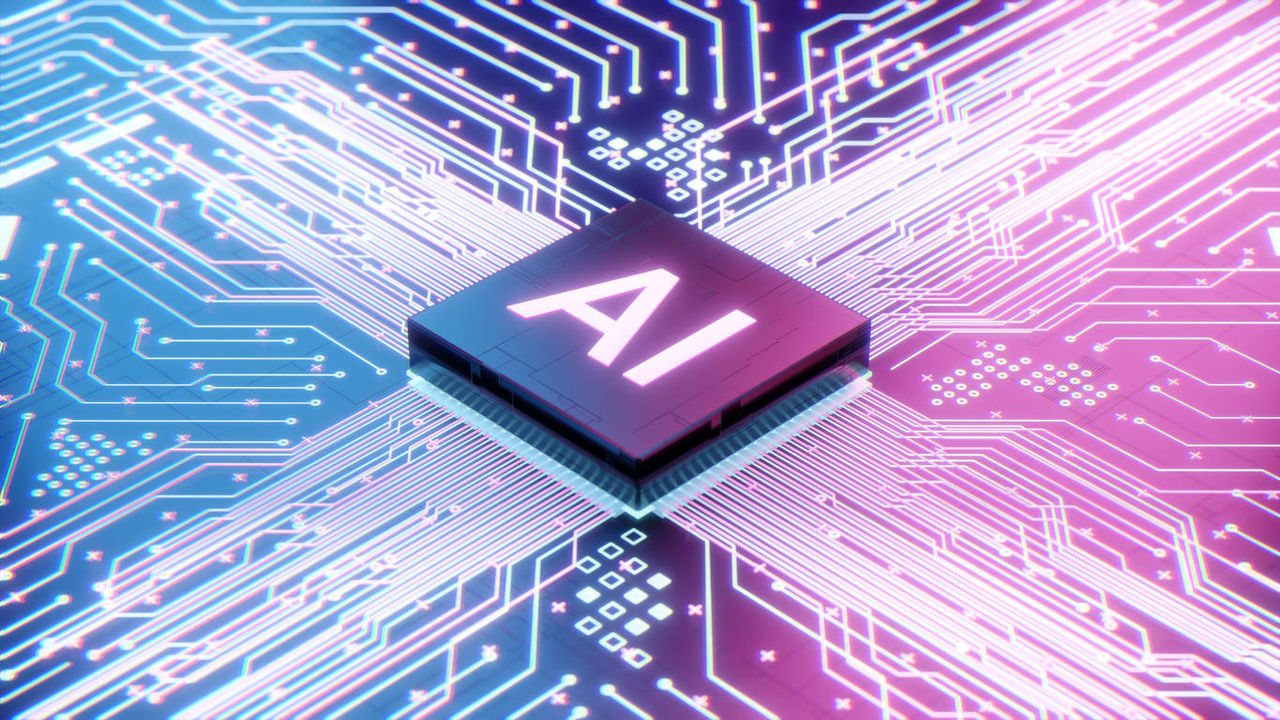Secure 2.0 Retirement Overhaul on Track
$1.7 trillion government spending bill expected to pass Congress this week

Editor's Note: The U.S. House of Representatives passed the spending bill on Dec. 23, following the Senate's approval on Dec. 22. President Joe Biden signed the bill into law on Dec. 29. This article has been updated.
Big changes are ahead for the U.S. retirement system that will shape how employers offer benefits and how employees save for their post-work years.
A range of retirement provisions—known as Secure 2.0—are included in the $1.7 trillion government spending bill for 2023, which was released Dec. 20. Approval by the Senate and the House is expected by the week's end.
Some of those provisions include requiring automatic 401(k) enrollment, broadening employer 401(k) match options, and helping employees build and access emergency savings plans.
"There are a number of provisions here in Secure 2.0 that will certainly help a lot of employers to help their employees to retire someday," said John Lowell, an Atlanta-based partner and actuary with October Three Consulting, a retirement plan advisory firm. "In order for it to work, employers are going to have to use them appropriately and employees are going to have to use them in the way they are intended."
Secure 2.0 builds on the original SECURE (Setting Every Community Up for Retirement Enhancement) Act, signed into law in December 2019 to improve retirement savings opportunities for workers. Among other changes, that law raised the age at which people were required to start withdrawing money from retirement accounts to 72, from 70 ½. The new legislation would raise that age again—to 73 beginning Jan. 1, 2023, and to 75 starting on Jan. 1, 2033.
In the automatic enrollment provision, new 401(k) and 403(b) plans established after Dec. 31, 2024 must automatically enroll employees in their plan at a rate of least 3 percent but not more than 10 percent. It would then be up to employees to opt out if they wish. That mandate would not apply to select employers, including those with 10 or fewer workers, as well as new companies in business for less than three years. Also exempt from these requirements are existing plans and SIMPLE plans.
The changes would also allow employees to withdraw up to $1,000 from their retirement accounts for emergency expenses without having to pay the typical 10 percent tax penalty for early withdrawal if they are under age 59 ½. Companies also could let workers set up an emergency savings account through automatic payroll deductions, with a cap of $2,500.
Smaller employers also are of focus in the provisions, which incentivize them to set up retirement savings plans for their workers. Part-time workers are of focus, as well: Currently, these workers are allowed to participate in a workplace retirement plan if they have three years of service and work at least 500 hours per year. Under new legislation, that service time would be reduced to two years.
Secure 2.0 would also increase the "catch-up" contribution limit for older retirement savers, increasing the limit to $10,000 starting in 2025 for savers ages 60 to 63; allow for tax-free and penalty-free rollovers to Roth IRAs from 529 college savings accounts under certain conditions; and make it easier for employers to contribute to 401(k) plans on behalf of employees who opt to pay off student loans instead of saving for retirement.
The provisions are intended to help employees save more and be in a better position for retirement—a feat that has been difficult for employees, especially as they have faced higher expenses and financial challenges as a result of soaring inflation, the ongoing pandemic and market volatility. Research points to a growing retirement crisis in which many employees aren't saving enough for retirement, are delaying retirement or are losing faith in retiring altogether. Other data finds a growing number of employees are decreasing or stopping contributions or dipping into their retirement savings.
Many industry insiders and retirement organizations have been in favor of Secure 2.0, saying it will help address these challenges and more.
Still, Lowell noted, employers must continue to do more to educate and communicate good retirement practices to employees to truly make a difference and influence their behavior. Otherwise, most employees won't take advantage of opportunities that help them save more money for their post-work years.
"The best time to communicate about your retirement plan is now," he said.
Advertisement
An organization run by AI is not a futuristic concept. Such technology is already a part of many workplaces and will continue to shape the labor market and HR. Here's how employers and employees can successfully manage generative AI and other AI-powered systems.
Advertisement


